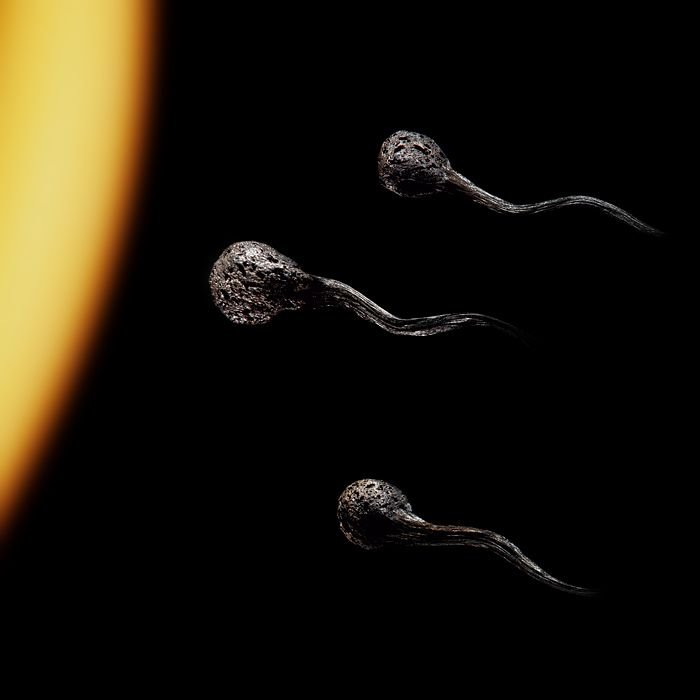|
|
Burning Matches Art
|
The safety of true "safety matches" is derived from the separation of the reactive ingredients between a match head on the end of a paraffin-impregnated splint and the special striking surface (in addition to the safety aspect of replacing the white phosphorus with red phosphorus). The idea for separating the chemicals had been introduced in 1859 in the form of two-headed matches known in France as Alumettes Androgynes. There was however a risk of the heads rubbing each other accidentally in their box. These were sticks with one end made of potassium chlorate and the other of red phosphorus. They had to be broken and the heads rubbed together. Such dangers were removed when the striking surface was moved to the outside of the box. The striking surface on modern matchboxes is typically composed of 25% powdered glass or other abrasive material, 50% red phosphorus, 5% neutralizer, 4% carbon black and 16% binder; and the match head is typically composed of 45–55% potassium chlorate, with a little sulfur and starch, a neutralizer (ZnO or CaCO3), 20–40% of siliceous filler, diatomite and glue. Some heads contain antimony(III) sulfide to make them burn more vigorously. Safety matches ignite due to the extreme reactivity of phosphorus with the potassium chlorate in the match head. When the match is struck the phosphorus and chlorate mix in a small amount forming something similar to the explosive Armstrong's mixture which ignites due to the friction.
The Swedes long held a virtual worldwide monopoly on safety matches, with the industry mainly situated in Jönköping, in 1903 called Jönköpings & Vulcans Tändsticksfabriks AB. In France, they sold the rights to their safety match patent to Coigent Père & Fils of Lyon, but Coigent contested the payment in the French courts, on the basis that the invention was known in Vienna before the Lundström brothers patented it. The British match manufacturer Bryant and May visited Jönköping in 1858 to try to obtain a supply of safety matches, but it was unsuccessful. In 1862 it established its own factory and bought the rights for the British safety match patent from the Lundström brothers.
Safety matches are classified as dangerous goods, "U.N. 1944, Matches, safety". They are not universally forbidden on aircraft; however, they must be declared as dangerous goods and individual airlines and/or countries may impose tighter restrictions.
|
|









